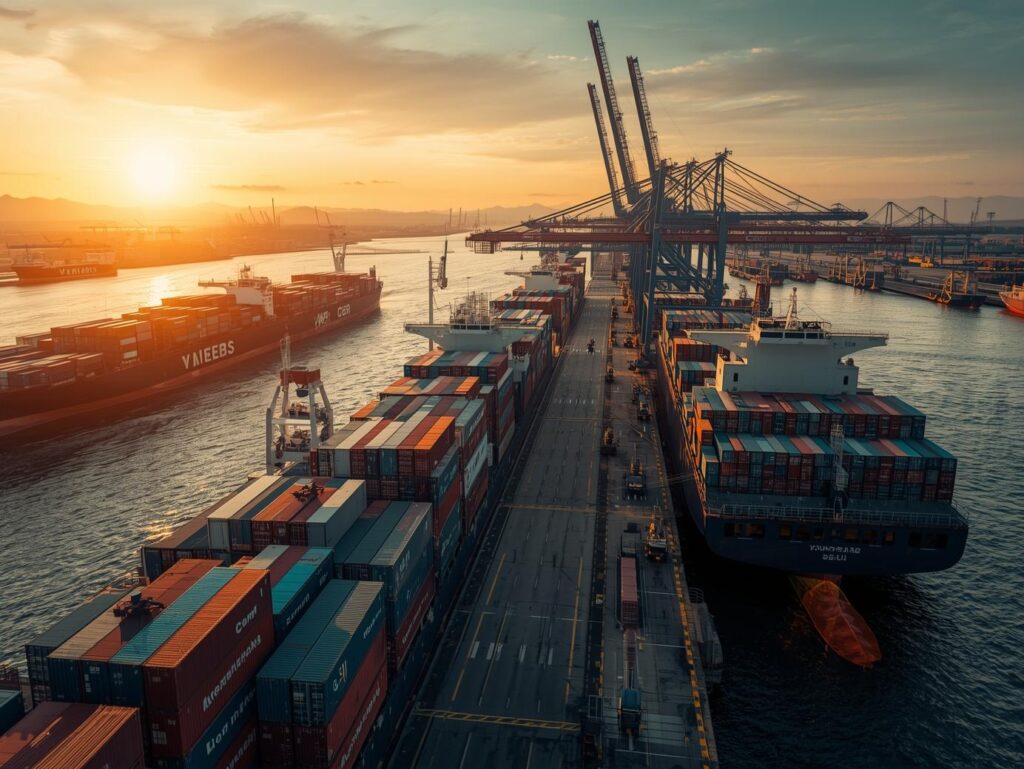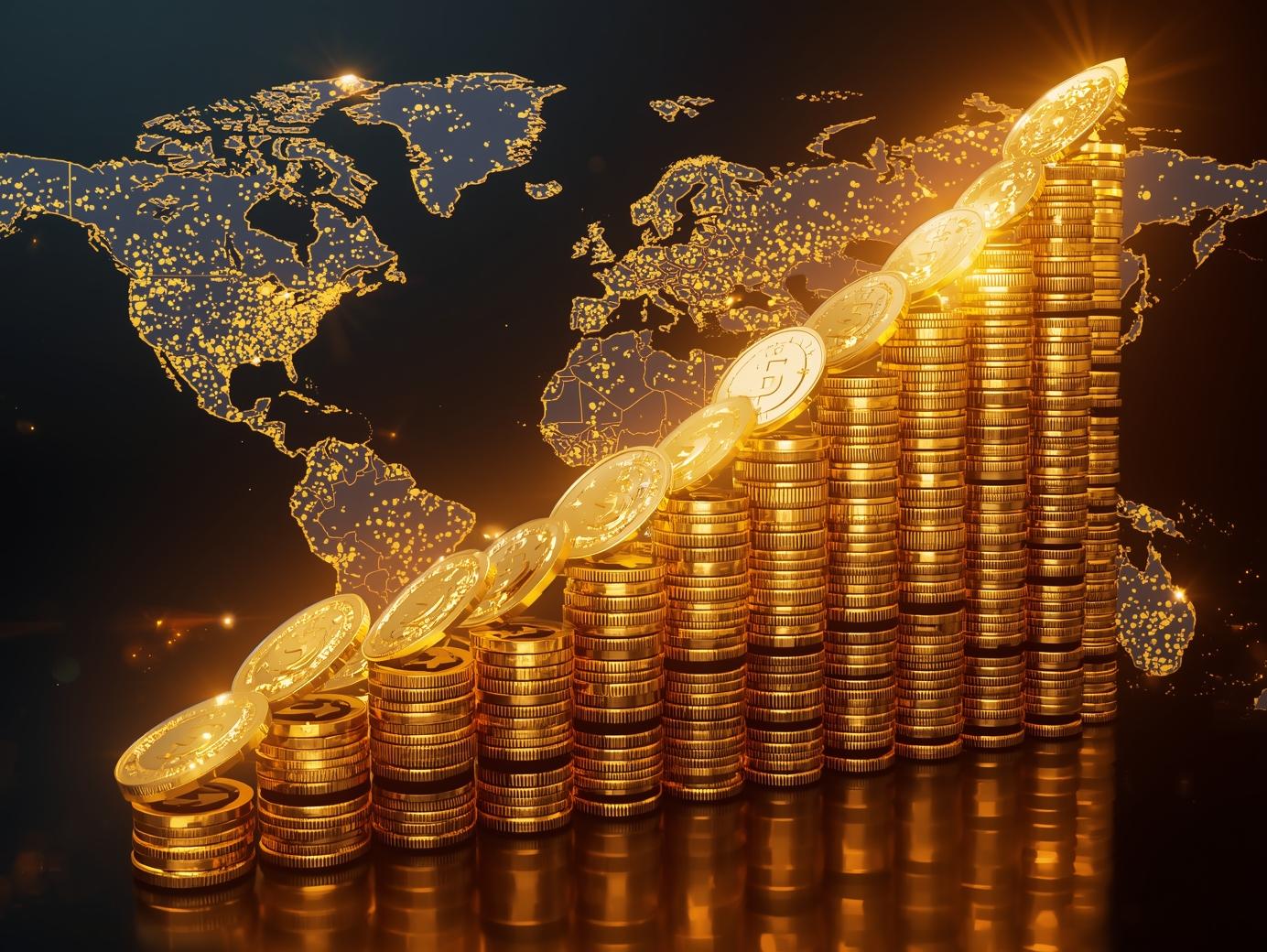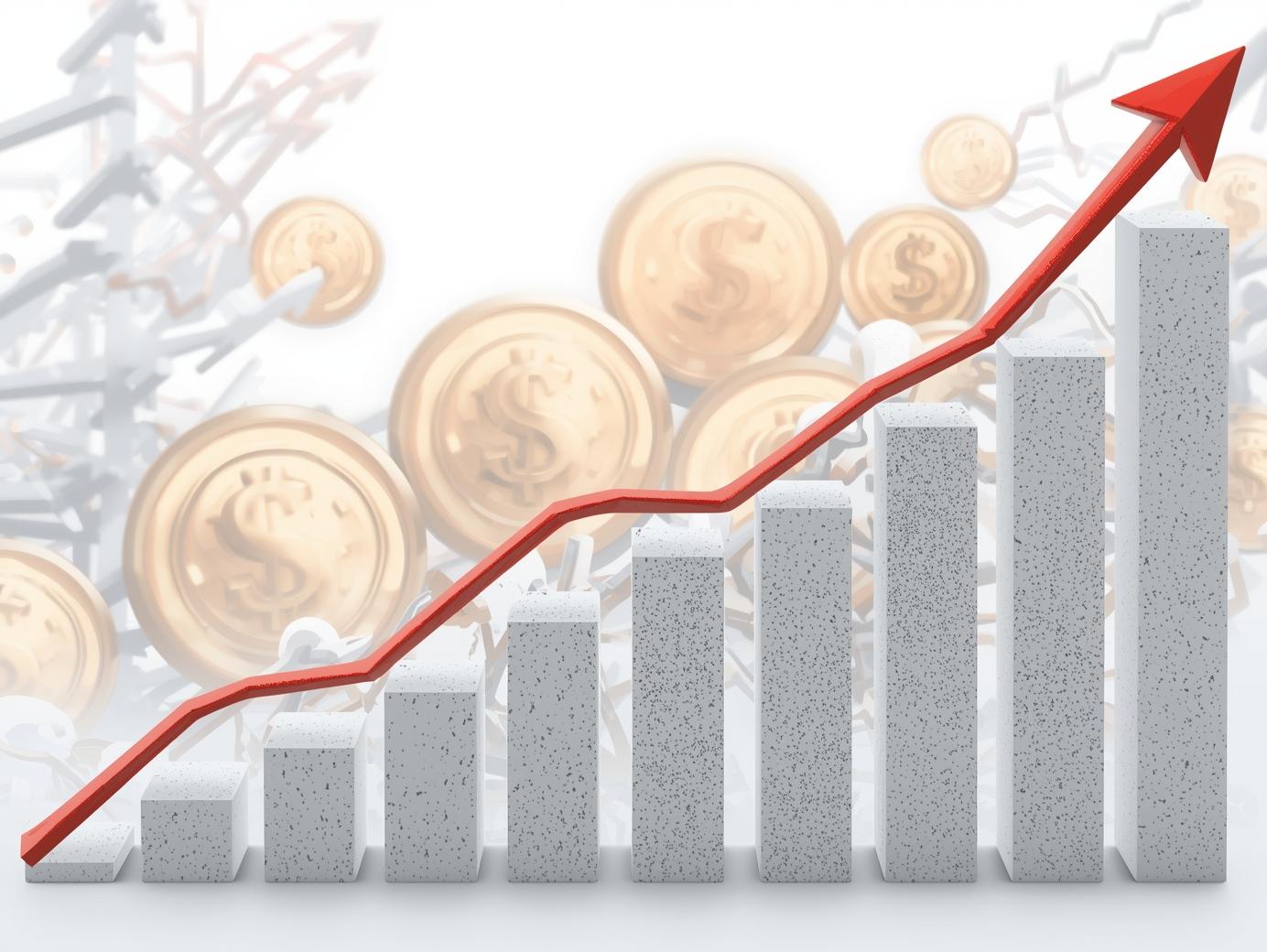Gross Domestic Product, commonly known as GDP, is one of the most important indicators used to measure the health and growth of an economy. It represents the total monetary value of all goods and services produced within a country’s borders during a specific period. In simple terms, GDP growth reflects how fast an economy is expanding, creating jobs, and generating income. For the United States, GDP growth is a vital measure of economic stability and progress, influencing everything from government policy to business investment and consumer confidence.
What GDP Growth Means
GDP growth occurs when the overall production of goods and services in a country increases compared to a previous period. A steady and positive GDP growth rate indicates a healthy and expanding economy, while a decline or negative growth often signals economic challenges such as recession or reduced demand. Economists typically assess GDP growth quarterly and annually to evaluate the pace at which the economy is moving and to develop strategies that sustain long-term prosperity.
GDP is generally divided into four main components: consumer spending, business investment, government spending, and net exports. In the United States, consumer spending is the largest contributor, accounting for nearly two-thirds of the total GDP. When consumers feel confident about their financial stability, they spend more on goods and services, stimulating production and job creation. Similarly, when businesses invest in new technologies, infrastructure, or equipment, it drives innovation and increases productivity, leading to further economic growth.
Factors Influencing GDP Growth
Several factors contribute to GDP growth, including technological advancements, labor productivity, government policies, and global trade. In the modern economy, technology plays a particularly significant role by enhancing efficiency, creating new industries, and improving overall productivity. Automation, artificial intelligence, and digital transformation have reshaped sectors such as manufacturing, finance, and healthcare, contributing substantially to America’s economic expansion.
Government policy also plays a critical role in GDP growth. Fiscal policies, including taxation and public spending, directly influence the flow of money within the economy. Similarly, monetary policies set by the Federal Reserve, such as interest rate adjustments, affect borrowing, investment, and consumer spending. Balanced policies help maintain stable growth, control inflation, and promote employment.
International trade is another major driver of GDP growth. The United States is one of the largest trading nations in the world, and exports of goods and services contribute significantly to its economic output. Trade agreements and global partnerships create new markets for American products, while imports provide consumers with access to a wide range of affordable goods, supporting economic balance.

Why GDP Growth Matters
GDP growth has a direct impact on the quality of life and overall economic well-being of a nation. When the economy grows, businesses expand, unemployment decreases, and household incomes rise. This leads to higher consumer spending, which further fuels growth—a cycle that supports long-term prosperity.
For policymakers, GDP growth provides critical insights into how well the economy is performing and where intervention might be needed. For example, if growth is too slow, governments may introduce stimulus measures such as tax cuts or increased public spending. Conversely, if the economy grows too quickly and inflation rises, policies may be adjusted to stabilize prices and prevent overheating.
Investors and businesses also closely monitor GDP growth because it helps them make informed decisions about investments, hiring, and expansion. A strong GDP growth rate often signals a favorable business environment, encouraging both domestic and foreign investment.
Challenges to Sustaining GDP Growth
While steady GDP growth is a sign of economic health, maintaining it can be challenging. Economic cycles naturally fluctuate, influenced by external factors such as global market trends, geopolitical tensions, and natural resource constraints. Inflation, supply chain disruptions, and labor shortages can also slow down growth.
In recent years, sustainable development has become a major consideration for long-term economic growth. As the world moves toward cleaner energy and environmentally responsible practices, the U.S. economy continues to adapt through investments in green technology and renewable energy. This transition not only supports environmental goals but also creates new industries and job opportunities that contribute to GDP growth.
The Future of U.S. GDP Growth
The future of GDP growth in the United States will depend on how effectively the country leverages innovation, education, and policy to adapt to changing global conditions. Continued investments in infrastructure, digital technology, and sustainable industries are expected to drive future expansion. Additionally, empowering the workforce through skills training and education will ensure that the benefits of growth are shared broadly across society.


